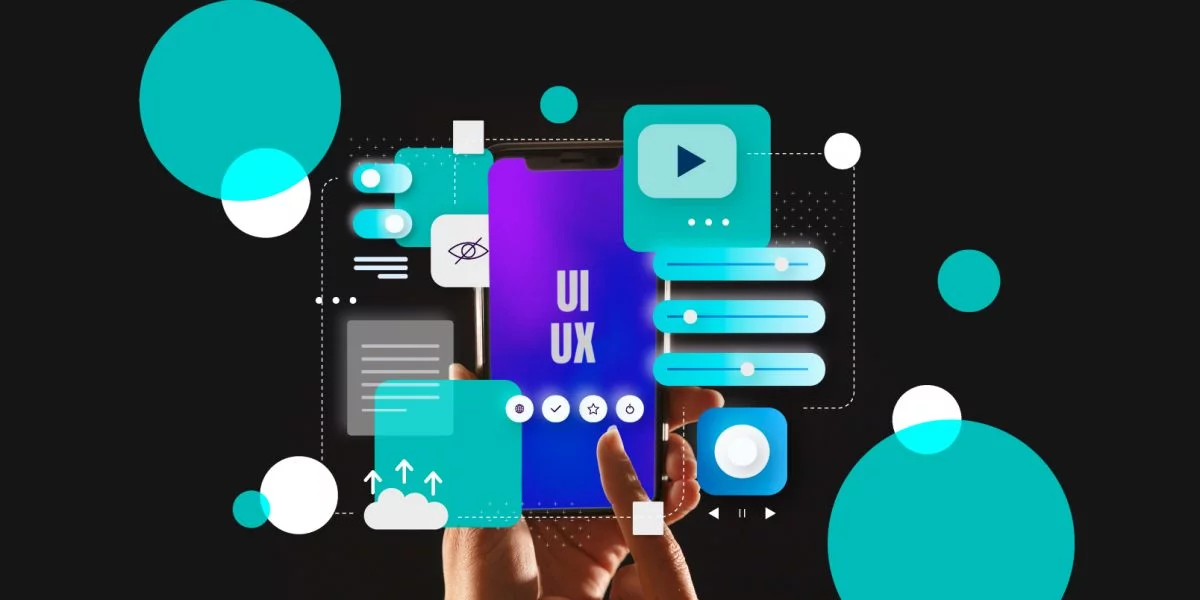In recent years, the mobile app development industry has undergone a massive transformation, with the rise of Progressive Web Apps (PWAs). PWAs are web applications that provide a native app-like experience to users on the web. In this blog, we will discuss what Progressive Web Apps are, their benefits, and why they are the future of mobile applications.
What are Progressive Web Apps?
Progressive Web Apps (PWAs) are web applications that offer users a native app-like experience on the web by leveraging modern technologies like HTML, CSS, and JavaScript. They provide fast, reliable, and engaging user experiences similar to native mobile apps and can be installed on a user’s device, enabling offline usage, push notifications, and other native features. According to KBV Research, the global PWA market is expected to reach $10.1 billion by 2031, growing at a CAGR of 30.2%. PWAs streamline development by allowing developers to create a single codebase compatible across multiple devices, such as desktops, tablets, and mobile phones, delivering a consistent user experience. In 2023, the platform segment alone generated $719.49 million in revenue.

Benefits of Progressive Web Apps
- Fast and Reliable: PWAs are built. using modern web technologies they are optimized for fast and reliable performance, providing a seamless user experience.
- Cross-Platform Compatibility: PWAs are cross-platform compatible and can be accessed on any device with a web browser, eliminating the need for separate apps for different platforms.
- Easy to Develop and Deploy: PWAs are easier to develop and deploy compared to native mobile apps, as they do not require app store approval or distribution.
- Increased Reach: PWAs can be easily discovered by users through search engines, allowing for a larger reach and greater audience engagement.
- Cost-Effective: PWAs are a cost-effective solution for mobile app development, as they do not require separate development for different platforms.
Why Progressive Web Apps are the Future of Mobile Applications
- Growing Adoption of PWAs: The growing adoption of PWAs by businesses and users has led to an increased interest in this technology, making it a popular choice for mobile app development.
- Improved User Experience: PWAs provide a seamless user experience, similar to that of a native mobile app while being accessible on the web.
- The Rise of 5G: With the rise of 5G networks, the performance and capabilities of PWAs are set to improve, making them an even more attractive solution for mobile app development.
- Increased Focus on User Privacy: PWAs do not require access to sensitive user data, such as location or personal information, making them a more secure and privacy-focused solution compared to native mobile apps.
Let’s understand the difference between PWA and RWD
Progressive Web Apps (PWAs) and Responsive Web Design (RWD) are two related but different concepts in web development.
Responsive Web Design (RWD) is a design practice that causes a website to be responsive to the screen size and orientation of a user’s device, whether a desktop computer, tablet, or smartphone. RWD aims to offer an equivalent user experience across all devices by dynamically resizing and reorganizing the content on the screen.
Conversely, Progressive Web Apps (PWAs) are web applications that give users a native app-like experience on the web. They are developed using up-to-date web technologies like HTML, CSS, and JavaScript, and they are optimized to run offline, give push notifications, and other features common in native mobile applications. PWAs can be installed on a user’s device, offering an experience similar to a native mobile application.
Thus, the primary distinction between PWAs and RWD is that RWD is aimed at delivering a uniform user experience on various devices, whereas PWAs deliver a native app-like experience on the web. PWAs can be viewed as an extension of RWD, since they apply RWD principles to design an optimized and responsive user interface.
Is PWA related to RWD?
Yes, Progressive Web Apps (PWAs) are often built using Responsive Web Design (RWD) principles.
Responsive Web Design (RWD) is a design approach that makes a website adapt to the size and orientation of a user’s device, regardless of whether it is a desktop computer, tablet, or smartphone. The goal of RWD is to provide a consistent user experience across all devices, by dynamically resizing and rearranging the content to fit the screen.
Progressive Web Apps (PWAs) use RWD to create an optimized and responsive user interface that provides a native app-like experience to users on the web. PWAs are designed to work offline, provide push notifications, and other features typically found in native mobile apps, and can be installed on a user’s device.
In conclusion, PWAs are often built using RWD principles but go beyond RWD by providing a native app-like experience on the web, with the added benefits of being easy to develop and deploy and providing a fast and reliable user experience.
Key techniques of PWA
- Service Workers: Service workers are a key technology in PWAs, as they enable offline functionality, background updates, and push notifications. Service workers act as a proxy between the network and the application, allowing for offline caching of resources and enabling a seamless user experience, even in low or no connectivity situations.
- Web App Manifests: A web app manifest is a JSON file that provides metadata about a PWA, including its name, icons, start URL and display mode. The manifest allows a PWA to be installed on a user’s device and provides information to the browser about how the app should be launched and displayed.
- HTTPS: PWAs must be served over a secure connection (HTTPS) to ensure data privacy and security. This is essential for features such as push notifications, which require sensitive user data.
- Responsive Design: PWAs are built using Responsive Web Design (RWD) principles, which make the user interface adapt to the size and orientation of a user’s device, providing a consistent user experience across different devices.
- Progressive Enhancement: PWAs use a progressive enhancement approach, which means that the application is designed to work on a variety of devices, with a focus on providing a minimum viable experience to all users, while providing a more advanced experience to users on modern devices.
- App-Like Navigation: PWAs use app-like navigation, with a focus on a single-page application (SPA) design, where content is dynamically updated without a full page reload. This provides a fast and seamless user experience, similar to that of a native mobile app.
How to deploy PWA in Play Store?
- Create a Signed APK: To deploy a PWA in the Google Play Store, you first need to create a signed APK (Android Application Package) file. This is a file that contains all the necessary components of your PWA, including the HTML, CSS, and JavaScript files, as well as any required assets and libraries.
- Prepare: Your PWA for Deployment: Before deploying your PWA in the Google Play Store, you need to make sure that it meets the requirements for PWAs in the store. This includes ensuring that it has a high-quality user experience, is optimized for performance, and meets the security and privacy requirements for the store.
- Create a Developer Account: To deploy your PWA in the Google Play Store, you will need to have a Google Developer Account. If you don’t already have one, you can sign up for one on the Google Play Console website.
- Upload Your APK to the Google Play Console: Once you have a signed APK file and a Google Developer Account, you can upload your PWA to the Google Play Console. This involves providing information about your app, including its name, description, screenshots, and promotional graphics.
- Review and Publish: After you have uploaded your PWA to the Google Play Console, it will be reviewed by the Google Play team to make sure that it meets the store’s requirements. If it does, it will be published in the store and available for download by users.
Frequently Asked Questions
PWAs are highly versatile and can benefit a wide range of industries, including e-commerce, healthcare, education, finance, and retail, where businesses need to engage users through a fast, responsive, and accessible web app experience.
Yes, PWAs can be packaged and deployed in the Google Play Store. Hutech Solutions offers assistance in preparing your PWA for Play Store deployment, including the creation of a signed APK and ensuring it meets all necessary requirements for App Store publishing.
PWAs offer many of the same features as native mobile apps, such as offline usage and push notifications, but without the need for separate app store downloads. They are also more cost-effective to develop and maintain as they rely on a single codebase that works across multiple devices.
Hutech Solutions provides end-to-end support, from PWA development to packaging the app for Google Play Store deployment, ensuring compliance with platform-specific requirements and offering continued maintenance and updates.
Ready to Advance your Digital Transformation?Get in touch with us.
Discover why Hutech is the right partner for your business.
MAIL US AT
sales@hutechsolutions.com
CONTACT NUMBER
+91 90351 80487
CHAT VIA WHATSAPP
+91 90351 80487
Humantech Solutions India Pvt. Ltd 163, 1st Floor, 9th Main Rd, Sector 6, HSR Layout, Bengaluru, Karnataka 560102


